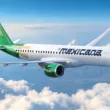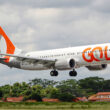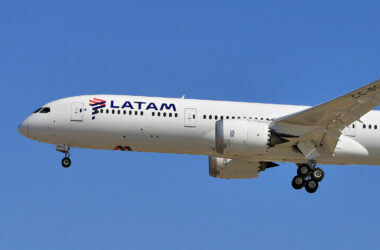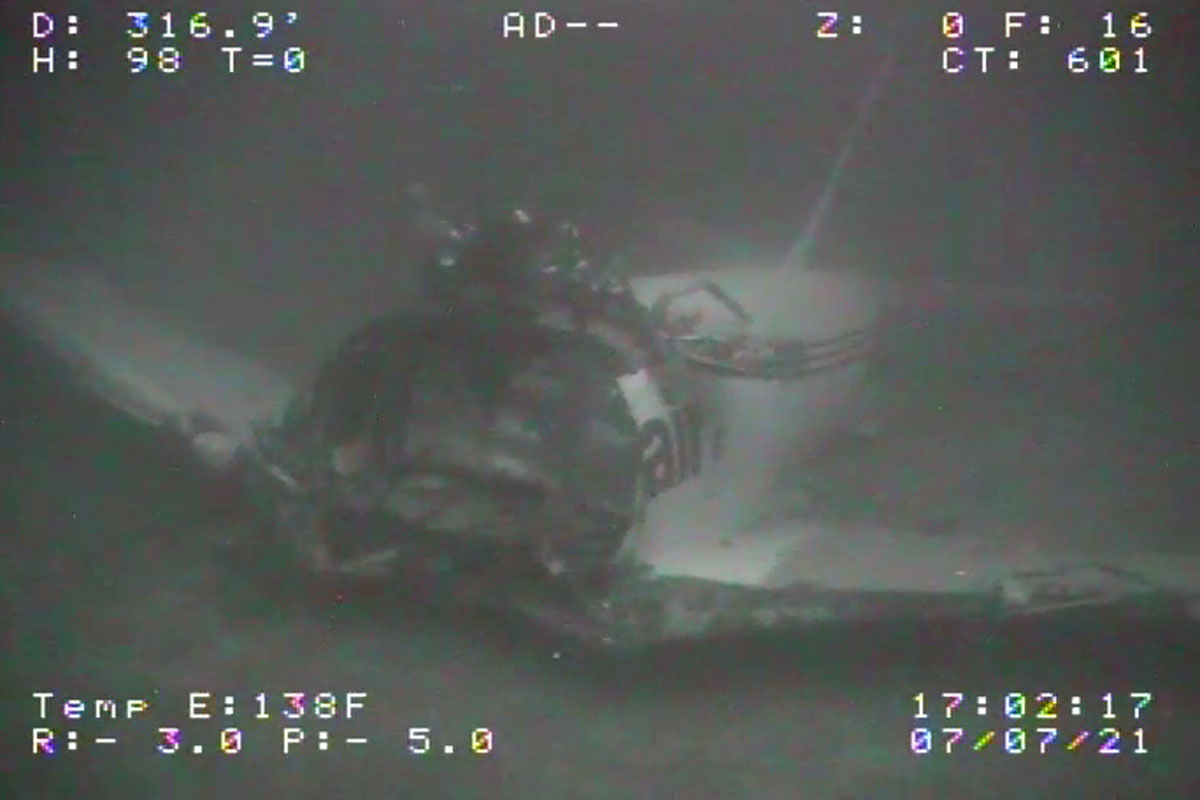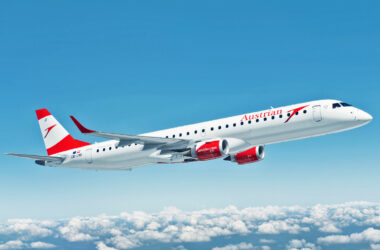The wide-body A330neo could gain a huge boost if rumors regarding orders to be announced by China’s three largest airlines are confirmed.
According to Bloomberg, Air China, China Eastern Airlines and China Southern Airlines are in talks for deals for more than 100 A330neo jets.
Negotiations would have started after the meeting between the president of China, Xi Jiping, and his French counterpart, Emmanuel Macron, which took place in May.
Follow Air Data News: WhatsApp | Google News | Instagram | LinkedIn | Twitter | Facebook

The outlet’s sources, however, do not specify numbers or variants. The A330neo has two models, the A330-900, with greater passenger capacity, and the A330-800 whose trump card is autonomy.
Despite this, the A330-800 has collected few orders. Until April, there were 12 firm orders compared to 287 for the A330-900.
China’s three main carriers operate first-generation A330 jets, totaling 134 aircraft (see table).
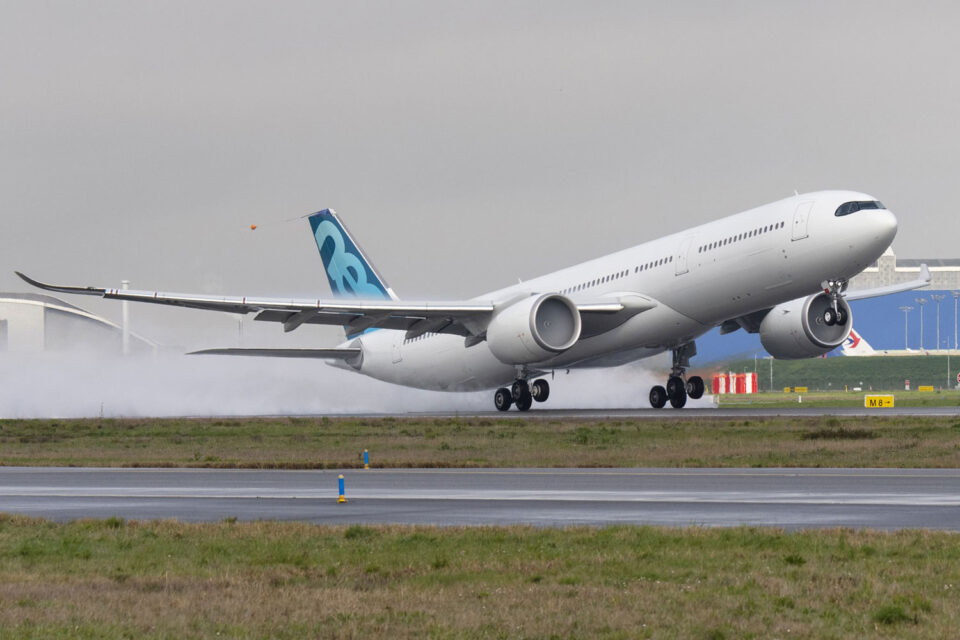
Boeing orders set aside
In general, wide-bodies are not old, with the exception of the A330-200 fleets of Air China and China Southern, which have an average age of 15 and 17 years, respectively.
| Airline | A330-200 | A330-300 |
|---|---|---|
| Air China | 20 | 28 |
| China Eastern Airlines | 30 | 26 |
| China Southern Airlines | 4 | 26 |
| Total | 54 | 80 |
It is also unclear whether the plan of the Chinese government, which controls the three airlines, is to expand or renew the twin-aisle jet fleets.
However, it is noteworthy that they also fly with Boeing wide-bodies, notably the 777 and 787, some of which are quite new.

China, however, has been very judicious with the US planemaker, amid a turbulent diplomatic environment. Furthermore, Boeing’s image is damaged by safety and quality flaws in its aircraft.
It is also worth remembering that it was the CAAC, the Chinese civil aviation authority, that grounded the 737 MAX first, as soon as the second fatal accident in Ethiopia occurred in March 2020.
Since then, Boeing has come under extensive public scrutiny and to this day has been unable to return to normality in its aircraft programs.


